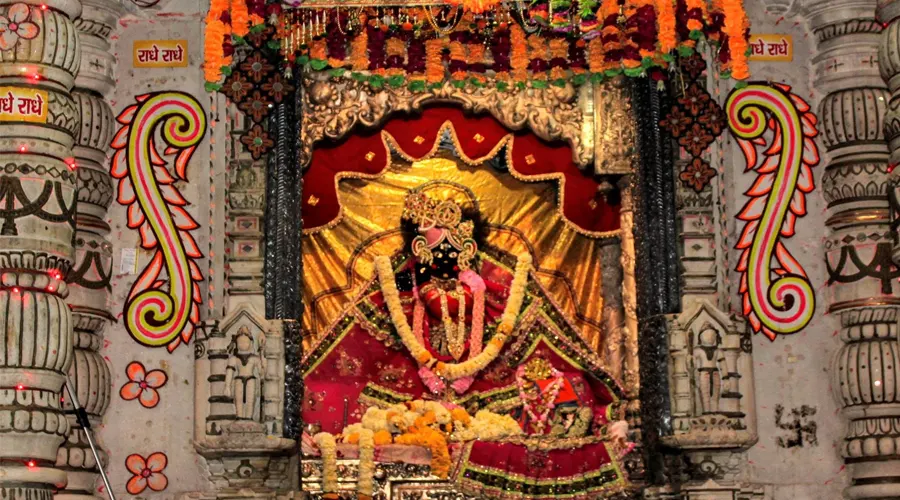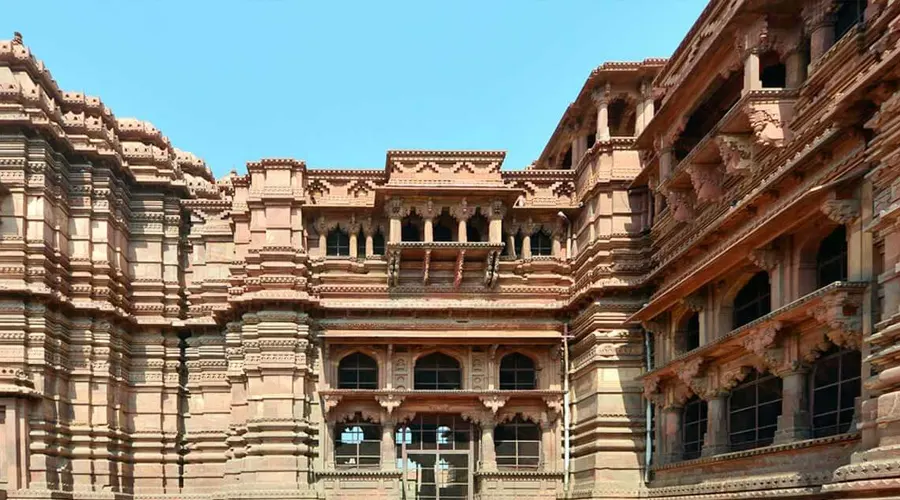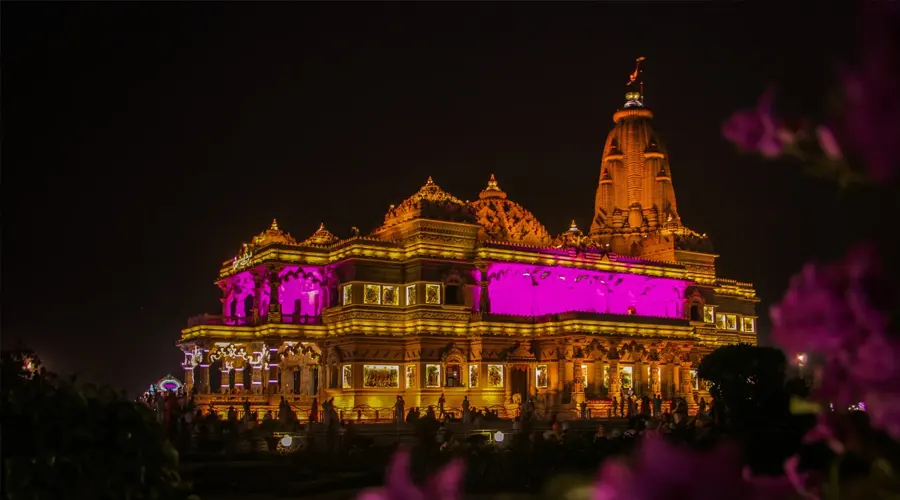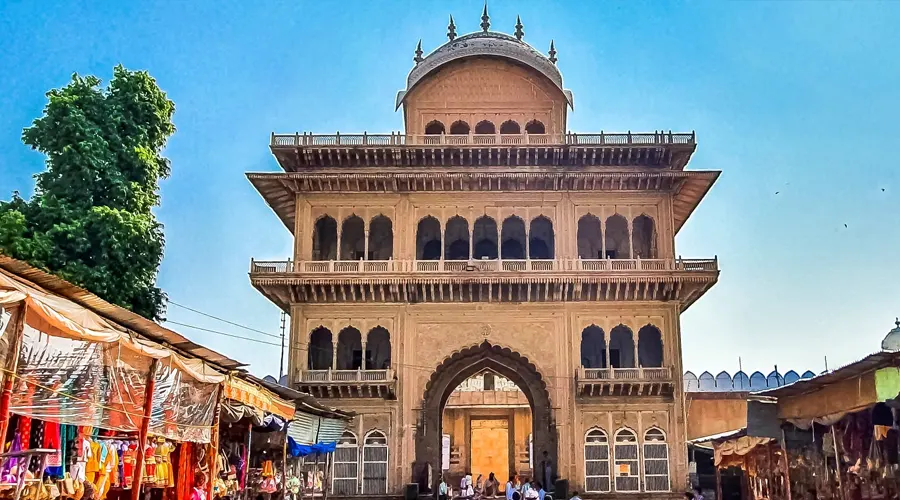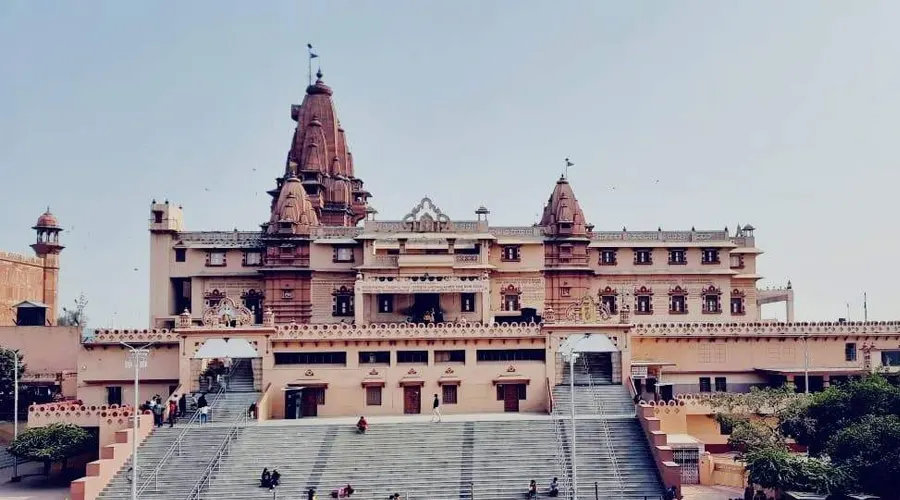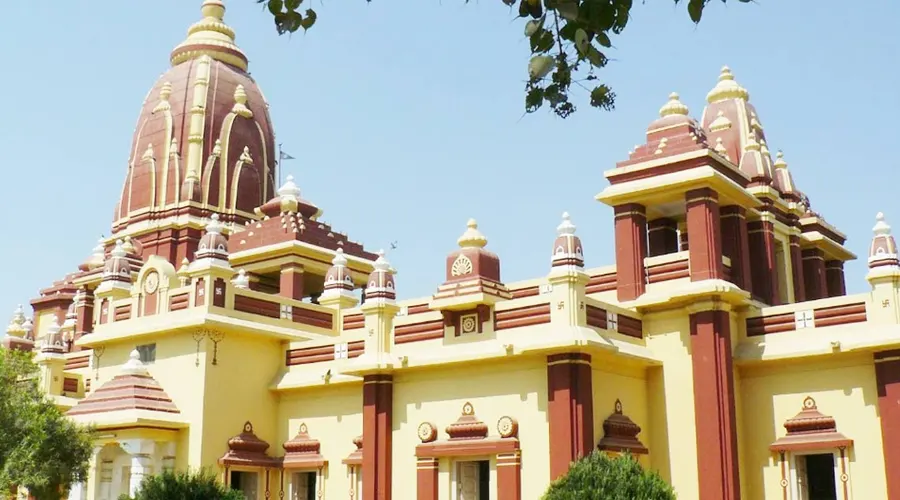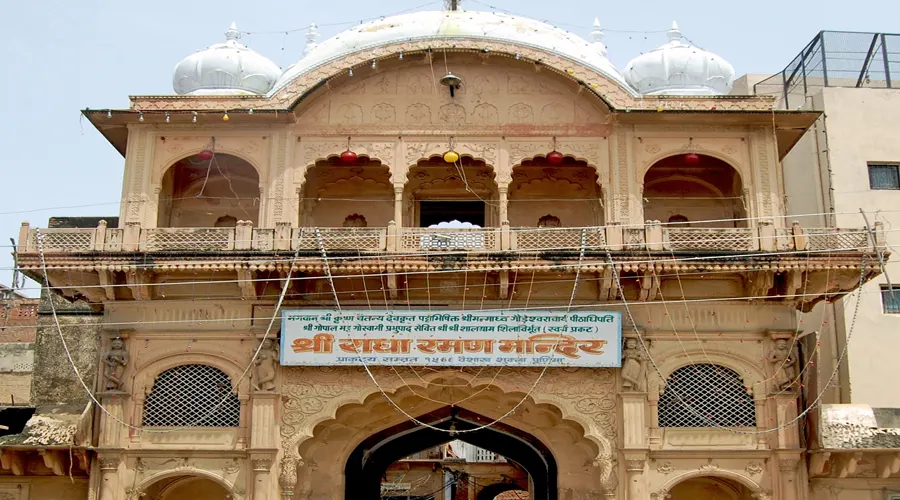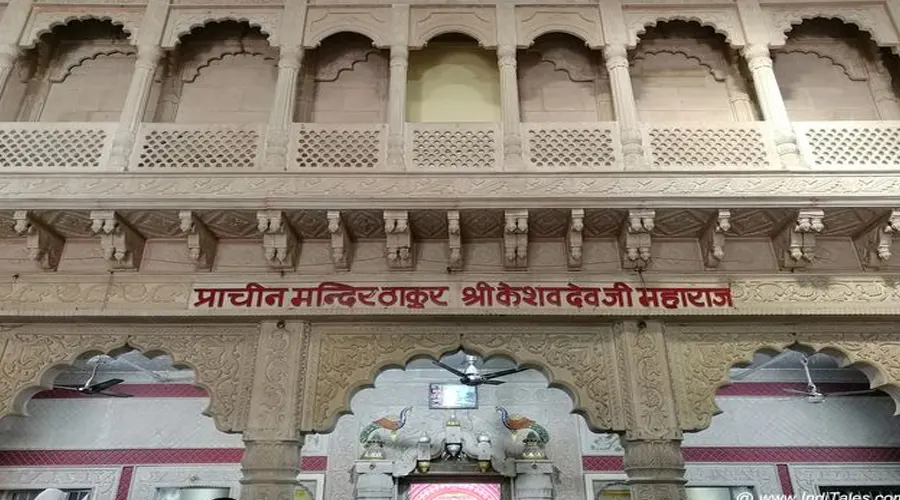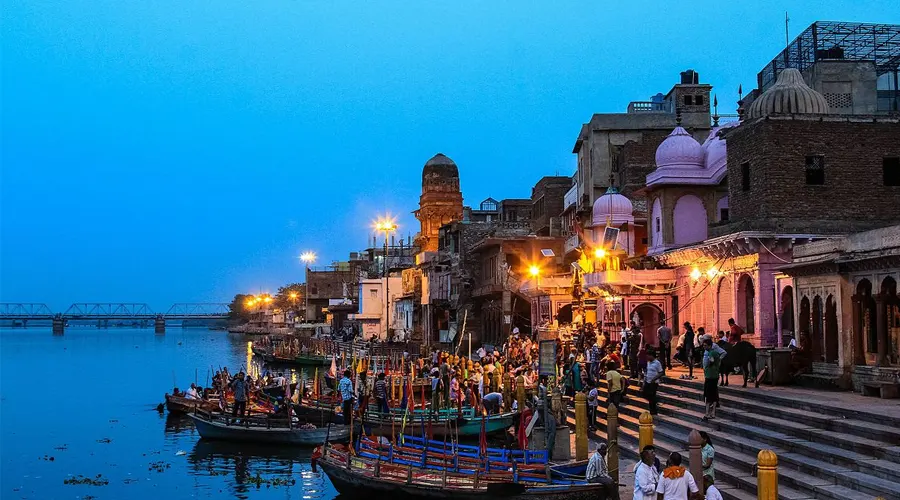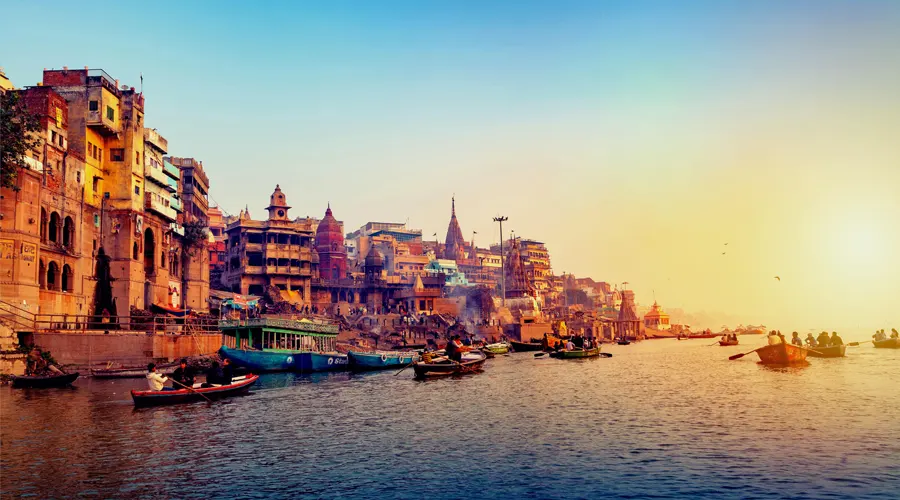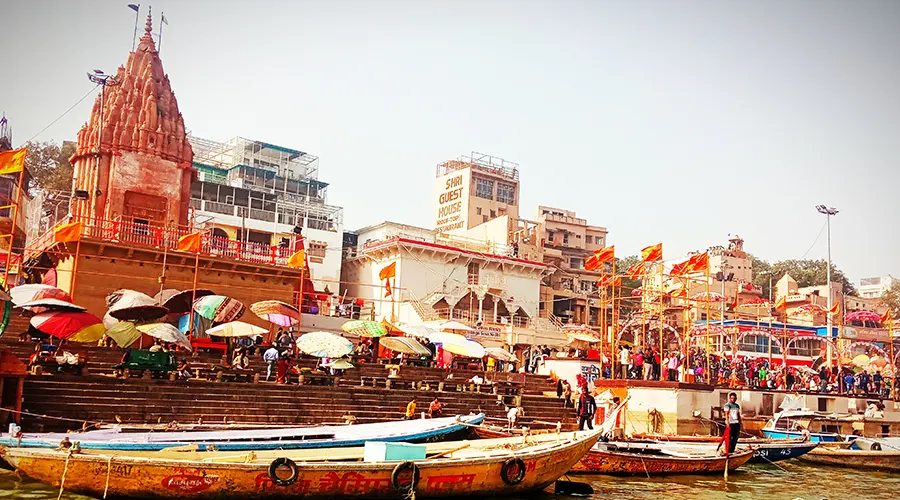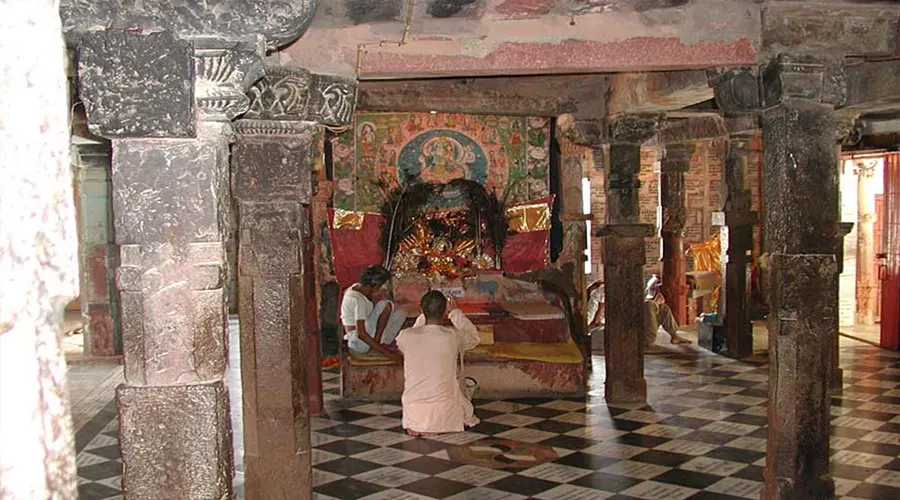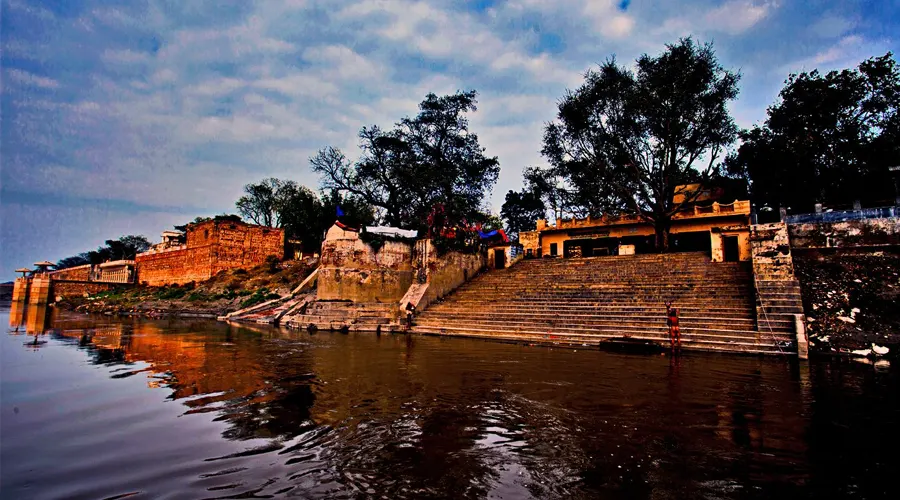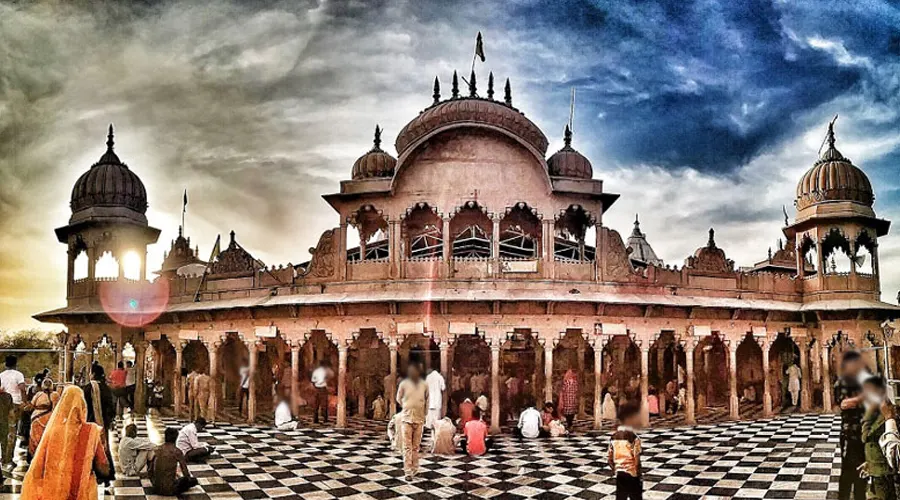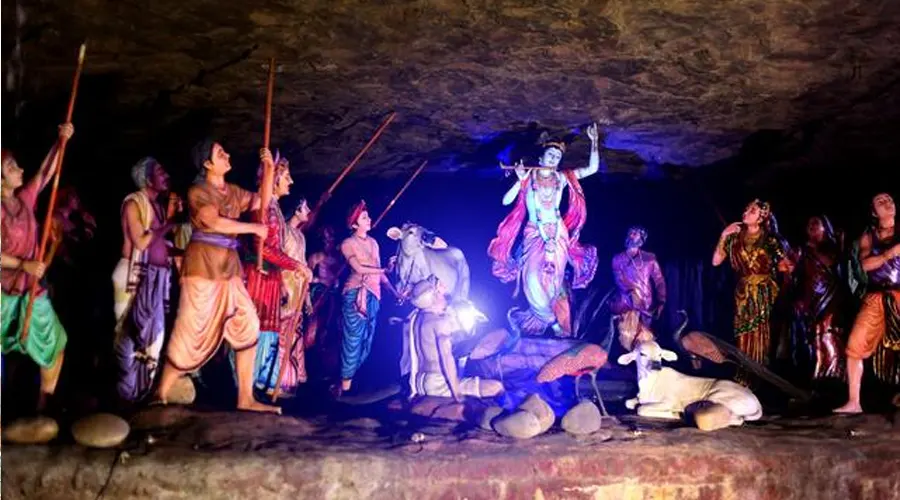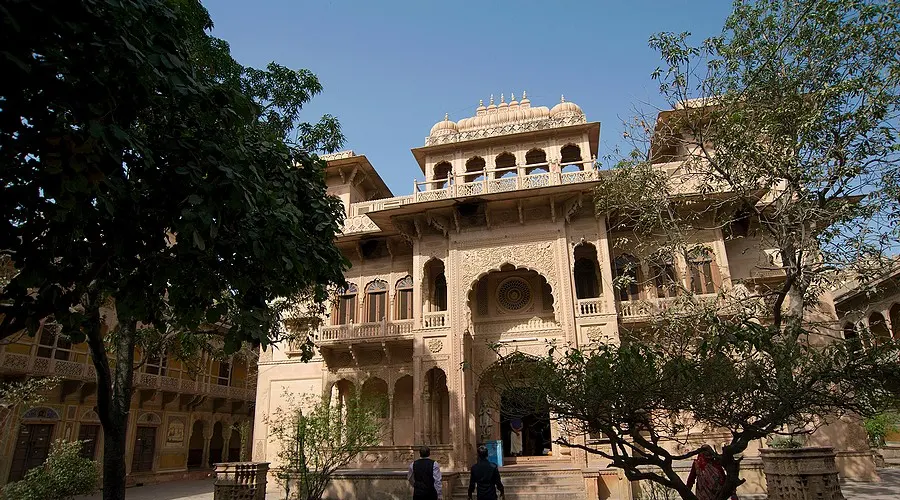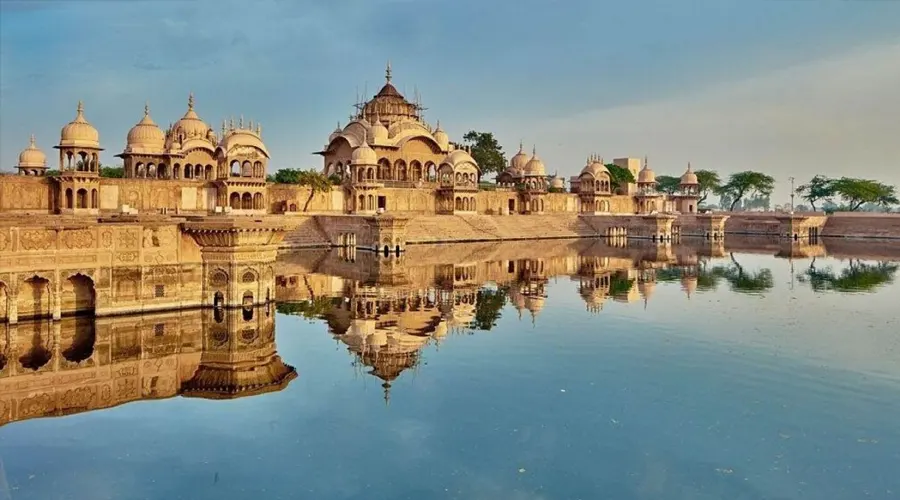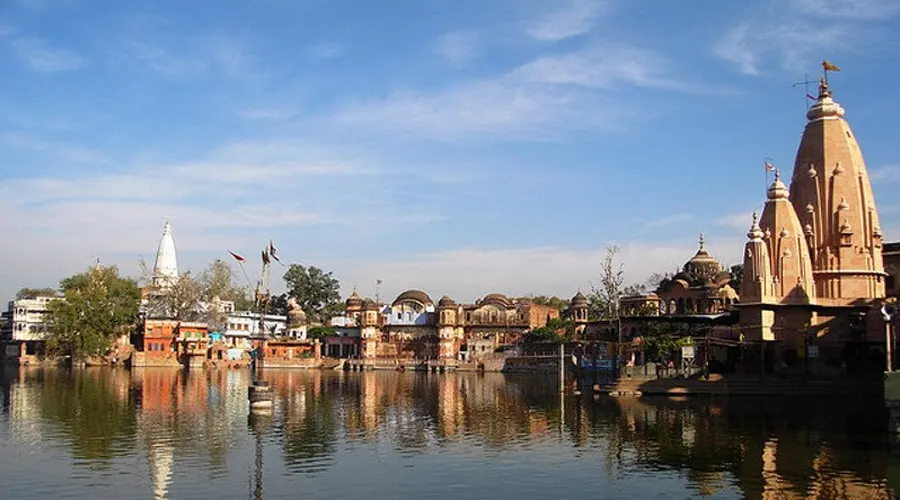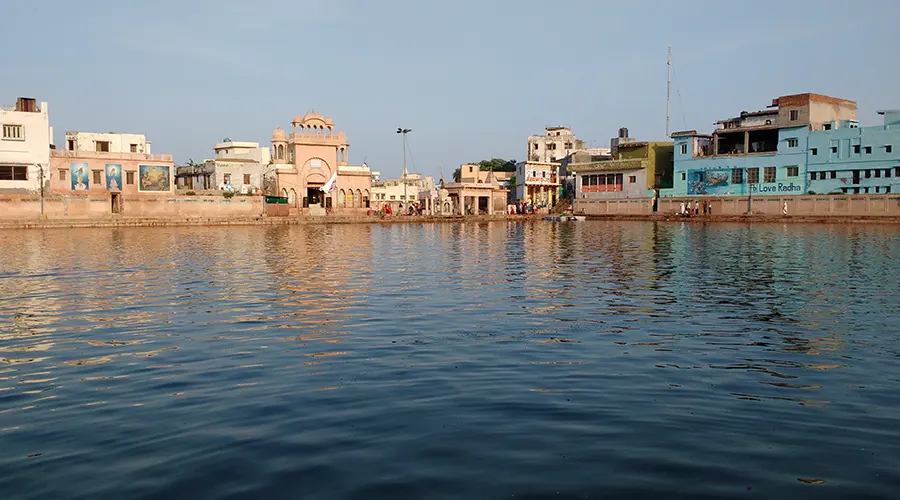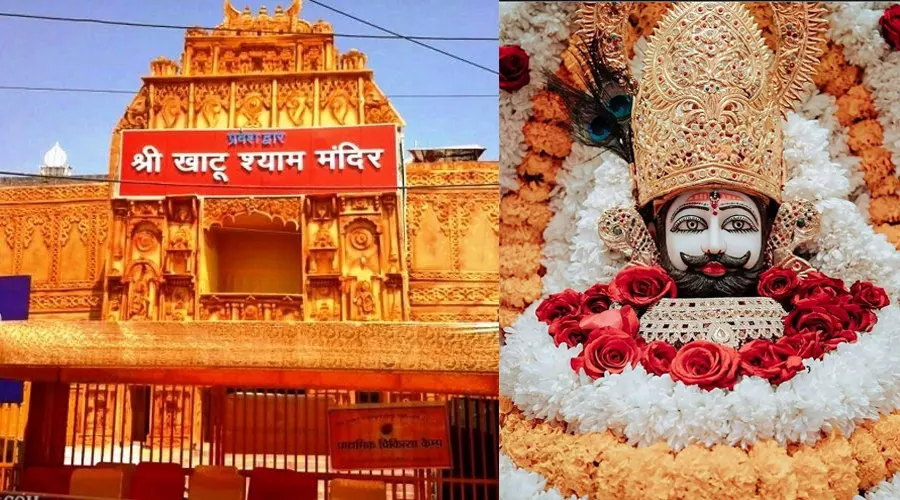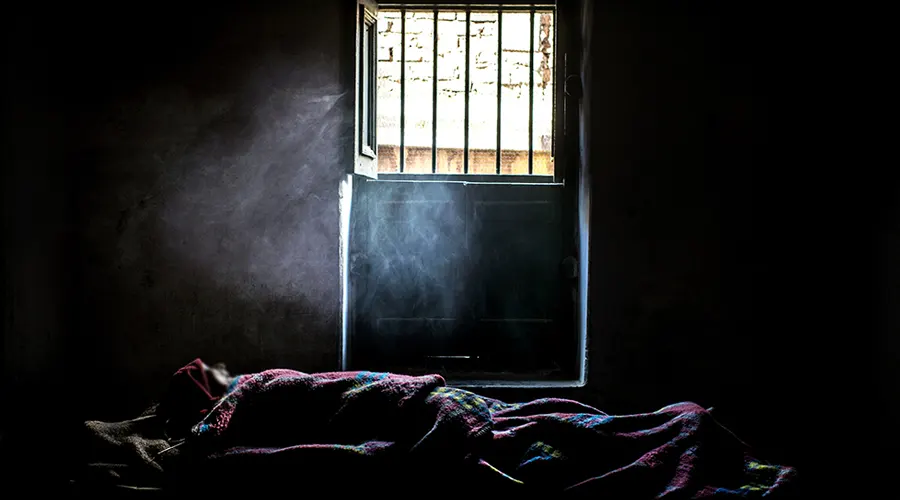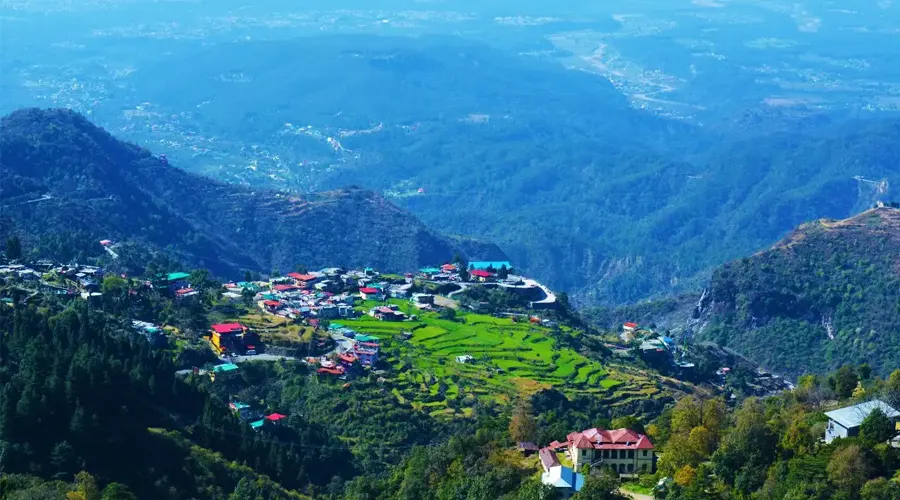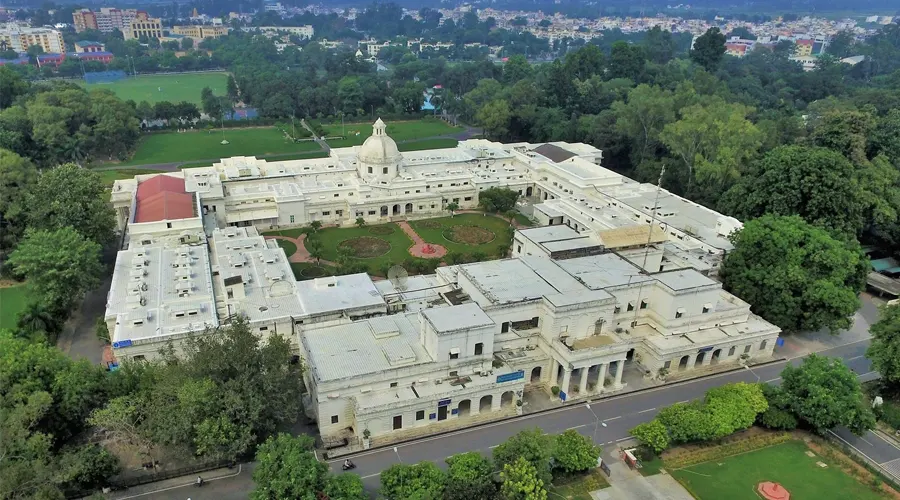Sankat Mochan Hanuman Temple Varanasi – History, Darshan Timings & Significance
May 03, 2025
The Sankat Mochan Hanuman Temple in Varanasi, also known as Kashi, is one of India’s most revered and historic temples. Its origins trace back around 400 years and are deeply rooted in the spiritual life of Goswami Tulsidas, the legendary poet-saint and author of the Ramcharitmanas.
Divine Encounter with Bajrangbali
It is believed that while Tulsidas was living in Kashi and composing the Ramcharitmanas, he received divine inspiration from Lord Hanuman, also known as Sankat Mochan—the remover of troubles. One day, Hanuman appeared before Tulsidas and later took the form of a clay idol at his request. This sacred idol was enshrined at the very site that became the Sankat Mochan Temple.
According to legend, Tulsidas would visit a dry acacia tree across the Ganges daily, offering water. Eventually, a ghost residing in the tree offered to help him meet Lord Rama—through Hanuman. He was told to seek a leper at the Karnaghanta temple, who was actually Hanuman in disguise. Tulsidas followed the leper into the forest, now known as Assi, and upon realizing the truth, fell at his feet. Moved by his devotion, Hanuman revealed himself and became manifest in the form of a clay idol—thus giving birth to this sacred temple.
Sacred Architecture and Atmosphere
The temple blends traditional and modern architecture, with the main sanctum housing the powerful idol of Lord Hanuman. The idol depicts Hanuman protecting devotees with his right hand while his left rests on his chest—symbolizing devotion and divine grace.
In the temple courtyard, a striking statue of Hanuman is shown facing Lord Rama, with Sita, Lakshman, and the Vanara army beside him, all paying homage to Lord Shiva. A special elliptical hall allows around 250 devotees to gather and offer prayers.
Spiritual Significance and Worship
It is believed that visiting this temple, especially on Tuesdays and Saturdays, brings relief from life’s troubles. Devotees recite the Hanuman Chalisa and Sunderkand, seeking protection from planetary challenges—particularly those associated with Shani (Saturn) and Mangal (Mars), as per Vedic astrology.
Every year, the temple hosts the Sankat Mochan Sangeet Samaroh, a grand music and dance festival held in April, showcasing India’s classical heritage. Hanuman Jayanti is celebrated with great fervor, marked by a vibrant procession (Shobha Yatra) that begins at Durga Kund and concludes at the Sankat Mochan Temple.
Modern-Day Temple and Legacy
The present structure of the temple was rebuilt by Pandit Madan Mohan Malviya, a renowned freedom fighter and founder of Banaras Hindu University (BHU). A tragic incident occurred on March 7, 2006, when a bomb blast struck the temple during aarti, prompting the establishment of a permanent police post for security.


